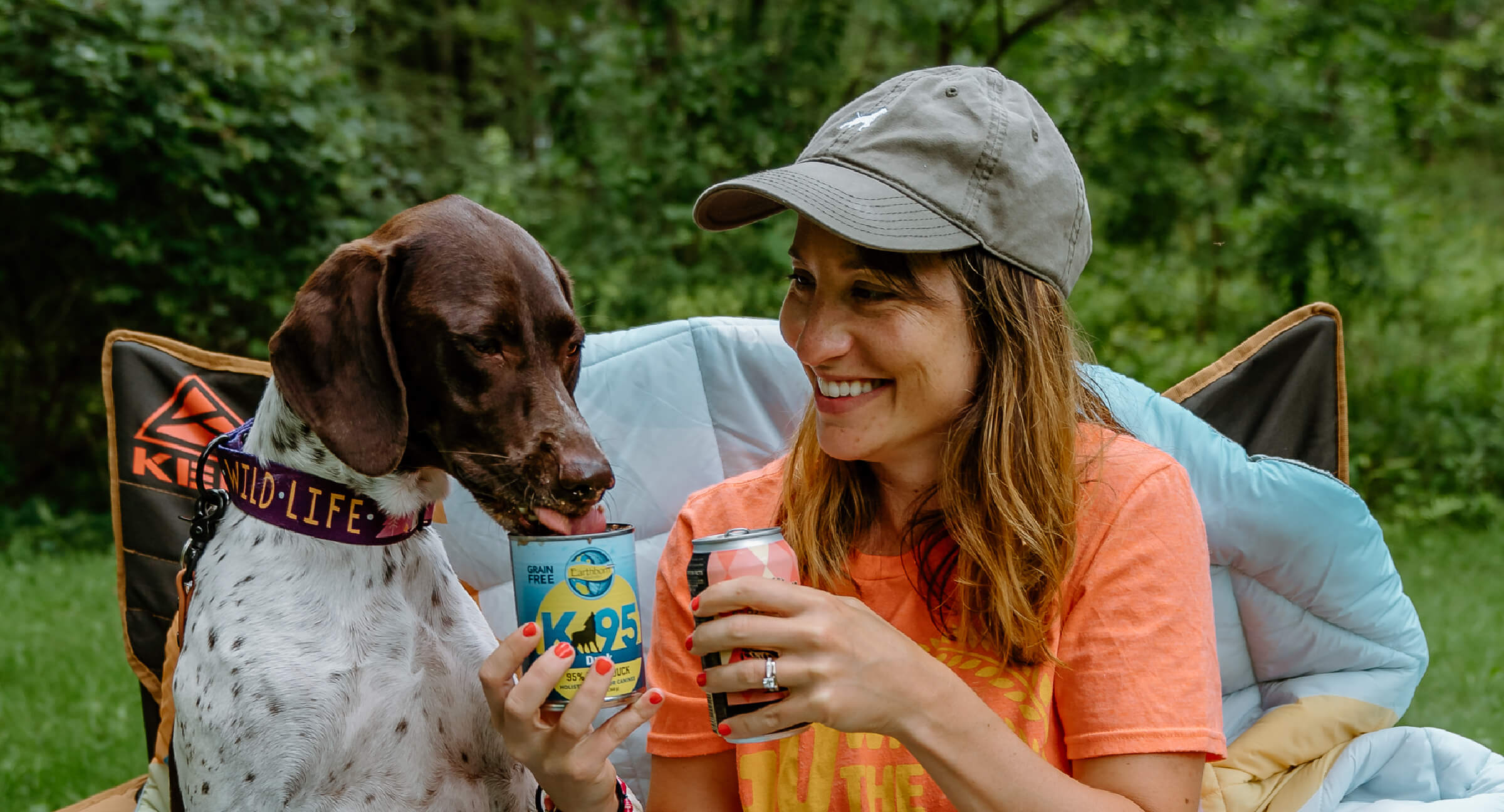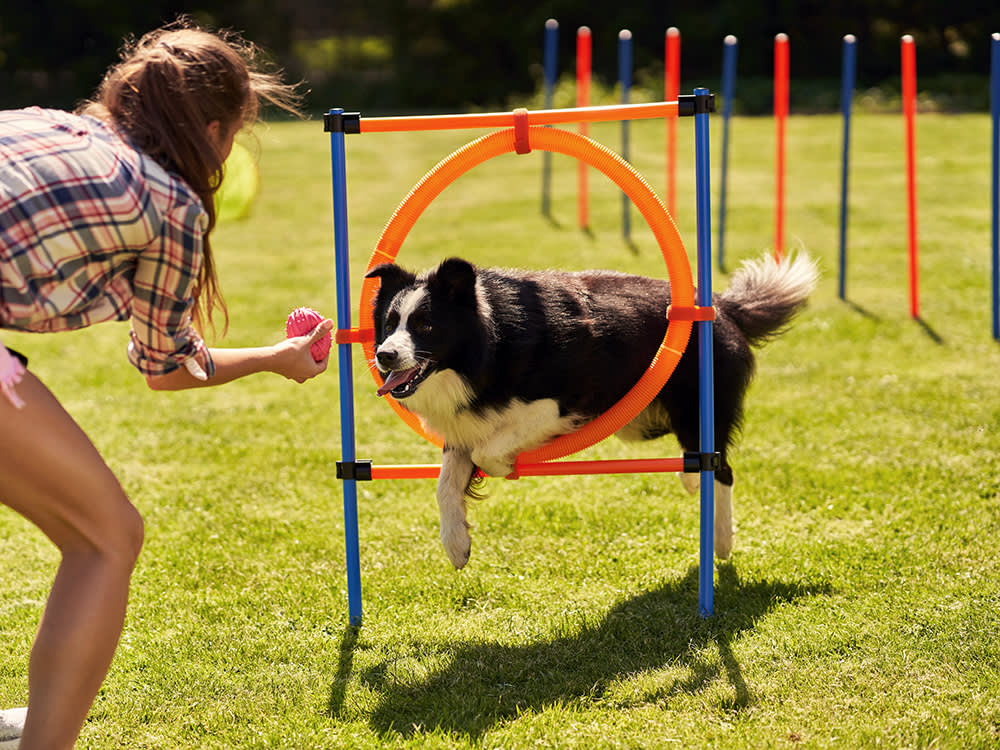Fun Activities to Enhance Your Dog Training Experience
Fun Activities to Enhance Your Dog Training Experience
Blog Article
Important Tips for Successful Dog Training: An Overview for Pet Dog Owners
Reliable canine training is a multifaceted process that needs a strategic method customized to both the family pet's character and the owner's purposes. Comprehending just how to navigate these obstacles can significantly boost the training experience, eventually transforming the partnership between proprietor and pet dog.
Understanding Canine Habits
Comprehending canine actions is necessary for efficient training and promoting an unified relationship in between pooches and their owners. dog training. Pets connect primarily through body language, articulations, and actions, making it vital for owners to analyze these signals accurately.

Socializing plays a substantial duty in pet habits; exposure to various environments, people, and various other pets can substantially affect a canine's temperament. Elements such as breed features and private character ought to direct training approaches, as some breeds may have details behavior traits that demand tailored approaches. By recognizing these aspects, owners can produce a supportive atmosphere that encourages favorable habits, leading to successful training results and a deeper bond with their pets.
Developing Consistent Commands
Reliable communication with your pet begins with developing consistent commands. This fundamental component of training is critical for promoting understanding in between you and your animal. Uniformity in the commands you use makes sure that your dog can accurately associate certain words or phrases with the wanted behaviors.
When choosing commands, choose clear, unique words that are easy to state and differentiate from one another. Stay clear of using similar-sounding commands that might confuse your pet dog. Making use of "sit" and "remain" is appropriate, however "sit" and "struck" can lead to misunderstandings.
Furthermore, keep the very same tone and volume for every command. Pets are sensitive to singing signs, so varying your tone can produce complication.
It is just as vital to ensure that all family participants are on the same page relating to the commands utilized. A united front in command use will certainly stop blended signals and strengthen the discovering procedure.
Favorable Support Strategies
The power of favorable support in dog training depends on its capacity to urge preferred habits via incentives and praise. This method is based in the concept that behaviors complied with by favorable results are more probable to be repeated. By including positive support right into your training program, you can successfully shape your pet dog's behavior in a positive manner.
To carry out positive support, it's vital to identify what inspires your pet, whether it be treats, playthings, or verbal praise. When your pet carries out a wanted action, such as resting on command, right away reward them with a reward or love. This association in between the command and the positive result reinforces their understanding.
It's important to timing the incentives properly; delivering the reinforcement within secs of the wanted behavior assists your pet make the connection (dog training). Furthermore, uniformity is vital-- guarantee that all member of the family utilize the exact same commands and incentive systems to stay clear of confusion

Gradually, you can minimize the regularity of deals with as your dog discovers the behavior, transitioning to praise or periodic rewards. This method not just promotes a strong bond between you and your pet dog however additionally advertises a favorable knowing environment, making training a satisfying experience for both.
Socialization and Communication
Continually revealing your pet to a variety of environments, people, and other animals is essential for their social development. Socialization should begin early, ideally throughout the critical window of 3 to 14 weeks, when puppies are most responsive to brand-new experiences. Nonetheless, older pets can additionally take advantage of recurring socializing initiatives.
Present your canine to different settings, such as parks, pet-friendly stores, and urban areas. This direct exposure helps them adjust to numerous stimulations, lowering anxiousness and concern actions. Motivate positive interactions with other canines and people, making sure that these encounters are risk-free and controlled to foster confidence.
Use structured playdates with genteel canines, Get More Info as this can enhance your pet dog's social skills and teach them appropriate actions. Obedience courses and training sessions likewise supply outstanding opportunities for socialization, permitting your pet dog to engage with others in a monitored setting.
Display your dog's body language during interactions, as this will certainly assist you determine their comfort degree. Gradually enhance direct exposure to more difficult circumstances while ensuring that each experience declares. A well-socialized pet is most likely to show balanced habits, making them a pleasure to have in any setting.
Resolving Common Training Challenges
Every pet dog proprietor will certainly experience training obstacles at some time, no matter their pet dog's age or socializing degree. Identifying typical concerns such as stubbornness, interruptions, and fearfulness can assist in creating effective techniques for enhancement.

Diversions throughout training sessions can hinder emphasis. To fight this, start training in a peaceful atmosphere with very little stimuli. Slowly introduce interruptions as the canine ends up being much more efficient in commands. Short, constant training sessions are likewise efficient in preserving interest.
Terror can hinder a canine's discovering process. Gradual desensitization to the source of fear, matched with favorable support, can assist ease anxiety. Persistence is crucial; never ever compel a dog right into a situation that causes distress, as this may exacerbate the problem.
Eventually, understanding and attending to these usual difficulties with a structured strategy will foster an extra efficient training experience, enhancing the bond in between pet and proprietor while advertising reliable discovering.
Final Thought
In recap, effective pet training counts on a thorough understanding of canine behavior, the facility of constant commands, and the application of favorable support methods. Socialization plays a vital role in developing well-adjusted family pets, while attending to common training difficulties needs perseverance and adaptability. By applying these important methods, pet dog owners can promote a strong bond with their canines and promote desirable behaviors, ultimately bring about an unified connection in between human beings and their canine companions.
Recognizing pet dog actions is important for effective training and promoting a harmonious partnership between dogs and their proprietors.Socialization plays a considerable function in canine habits; exposure to different atmospheres, individuals, and other pets can considerably affect a pet you could check here dog's character.The power of favorable support in pet training lies in its capability to urge wanted actions through incentives and praise. By incorporating favorable reinforcement into your training routine, you can effectively form your pet dog's behavior in a useful fashion.
In summary, successful canine training why not try here relies on a comprehensive understanding of canine actions, the establishment of constant commands, and the application of positive reinforcement methods.
Report this page